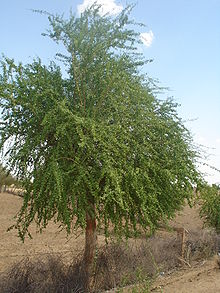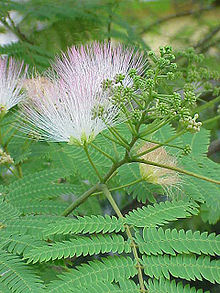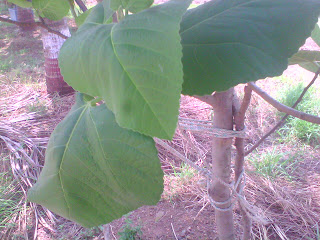Diospyros chloroxylon, commonly known as "East Indian ebony" or "calamander wood," is a species of tree native to the Indian subcontinent, including India, Sri Lanka, and parts of Southeast Asia. It is a member of the Ebenaceae family and is well-known for its valuable wood, which has been used in various applications. Here are some key characteristics and uses of Diospyros chloroxylon:
1. Appearance:
Diospyros chloroxylon is a medium-sized deciduous tree that can reach heights of up to 20 meters.
The leaves are simple, elliptical to oblong in shape, and have a glossy appearance.
The tree produces small, inconspicuous flowers.
2. Timber:
The heartwood of Diospyros chloroxylon is highly prized for its durability, attractive grain patterns, and dark color.
It is used in high-end woodworking, particularly for making furniture, cabinetry, veneers, and decorative items.
The wood is known for its lustrous finish and has been used historically in fine craftsmanship.
3. Conservation Concerns:
Diospyros chloroxylon has faced overharvesting for its valuable timber, leading to conservation concerns in some regions.
In many areas, there are efforts to regulate and sustainably manage its harvest to ensure its continued existence.
4. Cultural Significance:
The wood of Diospyros chloroxylon has been historically associated with luxury and high-quality craftsmanship.
It has been used in making fine musical instruments, such as pianos and violins.
5. Environmental Role:
The tree species plays a role in supporting local ecosystems by providing habitat and food for various wildlife species.
6. Traditional Uses:
In traditional medicine, various parts of the tree, including the bark and leaves, have been used for their potential medicinal properties.
7. Timber Trade Restrictions:
Due to concerns about overharvesting and illegal logging, trade restrictions and regulations are in place in some countries to protect Diospyros chloroxylon.
Diospyros chloroxylon, with its valuable timber and fine grain patterns, has been a sought-after wood in various applications, particularly in the realm of woodworking and craftsmanship. Conservation efforts are important to ensure the sustainable use of this tree species and to protect its natural habitat.
Family—Ebenaceae.
Common names :- Nensi , Ninai.
A small tree; common about Surat in Gujarat and in the Nasik district. Fruit, globose, size of a cherry, purplish when ripe, is eaten and is very palatable.











 Calotropis procera | Madar | image
Calotropis procera | Madar | image